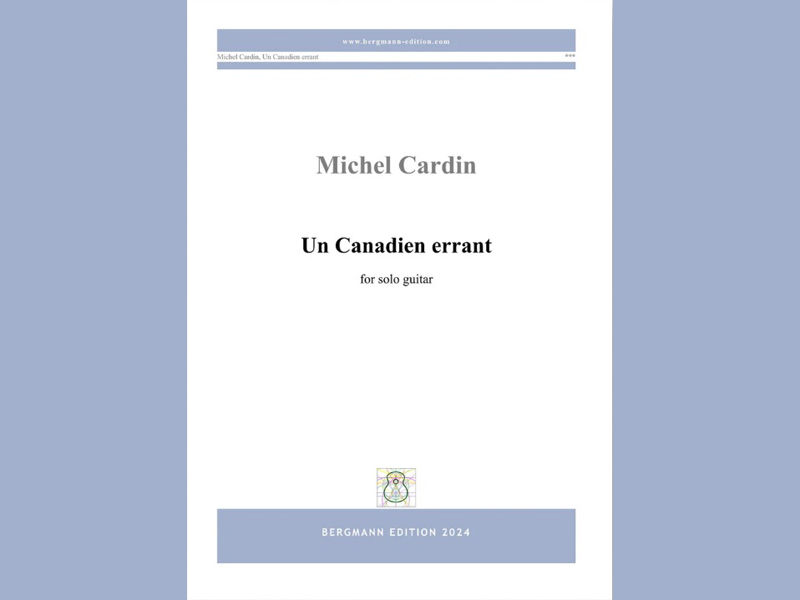Stephen Goss :Bagatelles with Fantasies, homage to Beethoven: Doberman - Yppan
- chrisdumigan
- Apr 4, 2021
- 2 min read
Updated: Jun 7, 2022

Stephen Goss
Doberman – Yppan: 11 pages
Stephen Goss is a name in the guitar world that is becoming more and more important as time passes. With more than 80 CDs of his music around, hundreds of performances every year, and a multitude of guitar works, a new work is something of an event. This latest work was commissioned by the 2020 Changsha International Guitar Composition to celebrate 250 years since Beethoven’s birth and was first performed by all the participants in the final on 17th December of last year.
This latest work manages to mix extracts from his Bagatelles for piano and his string quartets with fragments of newly written sections by Goss.
The piece begins on two staves with a mercurial fast moving set of quaver runs backed by a continuous A intervening throughout, until it moves to an E and the first Beethoven quote appears ( each one incidentally is given its opus number ), from his Bagatelle in C (WoO56, written 1803, revised in 1822). Afterwards a further repeating A, this time on fret 17 continues on the crotchet beat, with offbeat single notes elsewhere. The repeating note then moves gradually down the fingerboard until alighting on G #, and via an accelerando moves into the 9th of 11 Bagatelles Op119 by Beethoven, working very well in Am .Suddenly the harmonies become severe and modern and although the figurations are the same as the opening of the Bagatelle, we are back in the current day with Goss. This Scherzando Barbaro is exactly what it says and carries on for a considerable time, then morphing into the 10th Bagatelle of Op119, and then without break into the 8th one. Suddenly everything stops and the music becomes free – rhythmed, spacious and very colourfully acidic in harmonies. Then a harmonic E rings out, and the String Quartet No15 in A, an Alla Marcia takes over, that continues to a cadence in A, whereupon, the introductory repeated A returns and a variant of that opening section acts as the coda. A long held A harmonic is played and the piece dies away.
The juxtaposition of the early 19th century, and the 21st century one after the other is perhaps the hardest thing to assimilate when it happens, but after that the piece actually makes a lot of sense, especially the way Goss has tied the sections together. So yet again this writer has written something completely different from everyone else, utterly individual in every way, and yet in some unusual fashion, it really works as a piece. It is quite difficult technically too, especially the reading the various sections on two staves.
Chris Dumigan




Comments